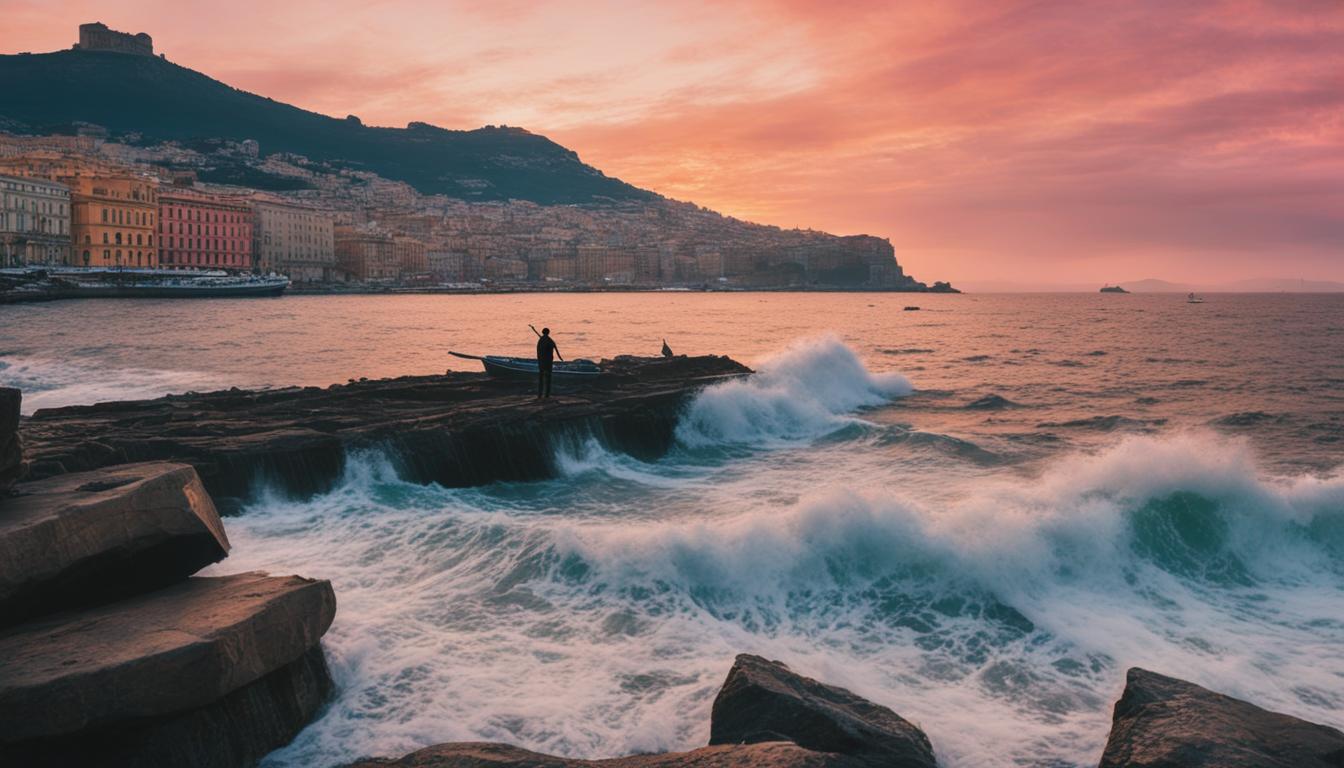Caravaggio, born Michelangelo Merisi, was an Italian painter who had a significant impact on the art world during the Baroque period. His revolutionary use of chiaroscuro brought a new level of realism and drama to his paintings, making him one of the most influential artists of his time. Caravaggio’s works often depicted religious and mythological subjects, and his use of dramatic lighting and realistic details made his paintings come to life.
Caravaggio’s rebellious nature and controversial personal life further added to his influence as an artist. Despite his tumultuous life, his artistic techniques and themes continue to be celebrated and studied in the field of art history.
Key Takeaways:
- Caravaggio was an Italian painter known for his revolutionary use of chiaroscuro in Baroque art.
- His realistic style and dramatic lighting brought a new level of realism and drama to his paintings.
- Caravaggio’s works often depicted religious and mythological subjects.
- His rebellious nature and controversial life added to his influence as an artist.
- Caravaggio’s artistic techniques and themes continue to be celebrated and studied in the field of art history.
Early Life and Career of Caravaggio
Caravaggio, widely regarded as one of the greatest Italian painters in history, was born as Michelangelo Merisi in Milan, Italy, in 1571. His exceptional talent and passion for art led him to Rome in his early twenties, where he embarked on a remarkable career that would revolutionize the art world.
Caravaggio’s artistic style was characterized by its extraordinary realism and the innovative use of chiaroscuro, a technique that emphasizes the dramatic interplay of light and shadow. His paintings had a profound impact, capturing the attention of both patrons and critics alike.
During his time in Rome, Caravaggio secured the patronage of Cardinal Francesco Maria Del Monte, a powerful figure in the art world. This support provided Caravaggio with crucial opportunities to showcase his talent and further develop his unique style.
Under the tutelage of Cardinal Del Monte, Caravaggio created some of his most famous and influential works. One of these remarkable paintings is “The Calling of St. Matthew,” which depicts the moment when Jesus chooses Matthew, a tax collector, as one of his disciples. The painting showcases Caravaggio’s mastery of chiaroscuro and his ability to capture human emotion with meticulous detail.
Another iconic work produced during this time is “The Conversion of St. Paul,” a dramatic portrayal of the biblical event in which Saul, later known as Paul, experiences a divine revelation on the road to Damascus. Through the skillful use of light and shadow, Caravaggio brought depth and intensity to the scene, making it incredibly immersive for the viewer.
Caravaggio’s early life and career in Rome were marked by tremendous success and artistic innovation. His ability to capture realism through chiaroscuro captivated audiences and propelled him to the forefront of the art world. These early works laid the foundation for Caravaggio’s enduring legacy and established him as a pivotal figure in the development of Baroque art.

Caravaggio’s Controversial Life and Legacy
Caravaggio, the Italian painter renowned for his captivating artworks, led a life filled with controversy and personal struggles. His notorious reputation stemmed from a criminal record and a penchant for bar brawls and altercations. However, one tragic incident would forever tarnish his name – the murder of a man in a fight, which ultimately resulted in Caravaggio’s exile from Rome.
Despite his troubled life, Caravaggio’s artistic legacy continued to flourish, undiminished by his personal flaws. His revolutionary approach to painting and mastery of light and shadow captivated audiences and left an indelible mark on art history. His influence extended far beyond his lifetime, inspiring the emergence of the Caravaggisti movement, with artists emulating his distinctive style and dramatic use of light.
The impact of Caravaggio’s innovative techniques and subject matter can still be seen today in the works of artists labeled as “Caravaggesque.” Their paintings pay homage to Caravaggio’s realism and the powerful emotional narratives that characterized his contributions to art. Caravaggio’s rebellious nature and artistic innovations continue to captivate audiences, sparking inspiration and influencing generations of artists who strive to emulate his unique style.



